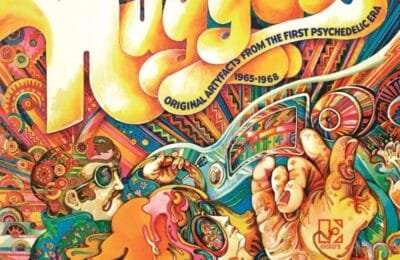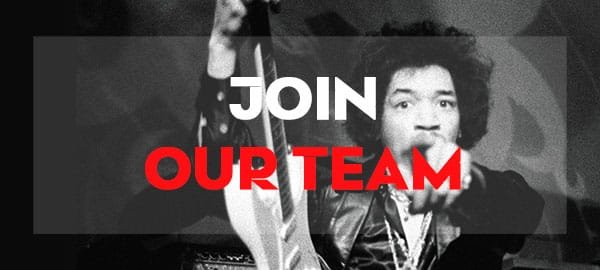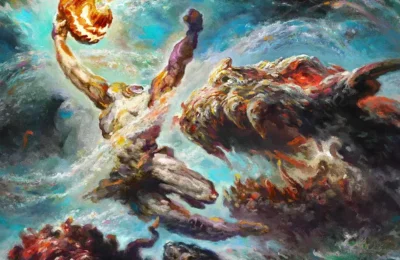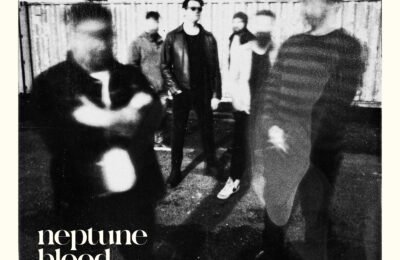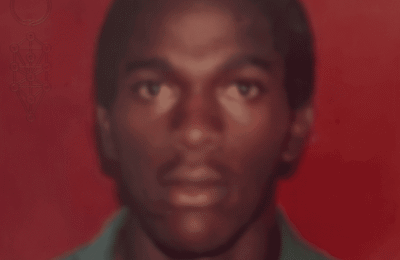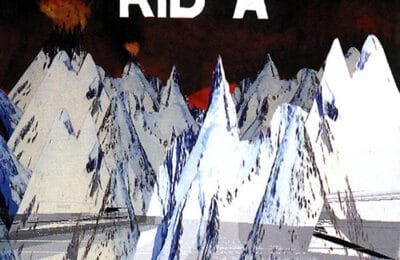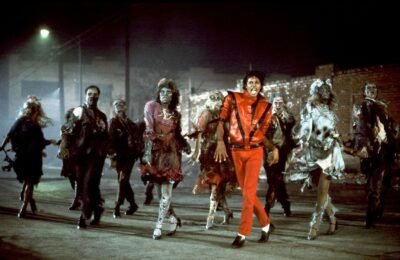The Beginning of the End
Tensions and a Creative Crossroads
In May 1974, the four members of Pink Floyd regrouped in the studio, but the atmosphere was tense. The lingering discomfort from the end of their tour was compounded by the pressure of their newfound success. The Dark Side of the Moon had propelled them to unprecedented heights. Now, with their audiences expanding from modest venues to massive stadiums, the band faced the fear of a rapid descent.
Roger Waters began proposing ideas, and David Gilmour contributed early work on tracks like You Gotta Be Crazy and Raving and Drooling. However, the other two members rejected them for being too aggressive and personal. This divergence in creative direction created a near-paralyzing depression within the group. Waters later explained:
“I thought we needed to take radical action: either call it quits at our peak or push through the crisis by doubling down on our efforts.”
Quitting while at the top seemed unthinkable, especially with fame and money now pouring in. The band decided to press on, but unspoken tensions remained. Waters was vocal and explosive, while Gilmour stayed silent, focusing intensely on his music, producing beautiful melodies on his Stratocaster. Waters urged the band:
“Listen to this—this is us! We can either plug our ears and keep whining about how miserable we are, or make something extraordinary out of it. Or at least try!”
Creating Wish You Were Here
Work resumed, and inspiration began to take hold. Waters drafted the framework of a new piece, Gilmour added the music, and Rick Wright polished the details. From this collaboration emerged Shine On You Crazy Diamond, a piece reflecting on absence—not just their own as musicians feeling lost, but also the absence of their former bandmate, Syd Barrett.
The group began to find its rhythm again. Gilmour was eager to record, but Waters had a different vision: “Let’s split Shine On into two parts and fill the space between with other songs on the same theme.” This became the foundation of the album. Wright later recalled:
“The entire album came from those four notes Dave played on Shine On. We felt it coming—it was such a beautiful phrase. It led to what I think is our best album, the most colorful, the most emotional.”
The group recorded three additional tracks, including the title song, Wish You Were Here. This stunning folk ballad was co-written by Waters and Gilmour, with all tracks sung by Gilmour except one. Waters, reluctant to sing Have a Cigar, initially suggested Gilmour but instead asked Roy Harper, a neighbor in the studio, to take over.
A ghost from the past
The album’s theme of absence naturally led to Syd Barrett. His presence loomed large, especially during an emotional incident in the studio. Wright recounted:
“I was walking through Abbey Road, and there was this bald, overweight man sitting on the sofa. I thought nothing of it—strangers often attended our sessions. But Roger turned and said, ‘You don’t know who that is, do you? That’s Syd.’”
The shock was profound. Barrett, unrecognizable after six years, acted erratically, brushing his teeth repeatedly and offering to play guitar despite not bringing one. When told the guitar parts were complete, he quietly accepted. Gilmour later said, “I think I was the first to recognize him.”
The band played him the album, explaining its theme, but Barrett found it outdated. Despite this, he was invited to Gilmour’s wedding, where he appeared dressed entirely in white, prompting emotional reactions from the guests.
A Commercial and Creative Triumph
Released on September 15, 1975, Wish You Were Here sold millions worldwide. While some fans criticized its lack of innovation, the band countered with a groundbreaking quadraphonic tour in October 1975. The year’s exhausting schedule—studio work, touring, and promotions—left the band needing a break in 1976.
The Punk Era and Animals
While the band recuperated, Waters began stewing over criticisms from the emerging punk movement. Punk fans, with their anti-establishment ethos, targeted Pink Floyd as emblematic of the bloated, self-indulgent rock scene. Waters fumed at the insults, including T-shirts reading “I Hate Pink Floyd”. Fueled by anger, he conceived a concept album inspired by George Orwell’s Animal Farm, envisioning society as divided into three classes:
- Pigs (leaders and elites)
- Dogs (enforcers)
- Sheep (the masses)
The Making of Animals
This time, studio sessions were lighter, with a renewed sense of camaraderie. Wright, however, struggled due to personal issues and contributed little creatively. Gilmour, on the other hand, carried much of the album’s musical weight. Tracks like Dogs (originally You Gotta Be Crazy) and Sheep (formerly Raving and Drooling) were reworked, showcasing Gilmour’s inventive guitar work and tying into Waters’ sharp social commentary.
For the cover, Waters staged a now-famous photo shoot featuring a pig-shaped balloon hovering over London’s Battersea Power Station. When the balloon broke free and soared over the city, it became headline news, providing unintentional promotion for the album.
Released in January 1977, Animals was a commercial success, though it lacked the raw intensity of punk. The accompanying stadium tour featured elaborate light shows, lasers, and airborne pigs tethered securely to avoid mishaps.
Tensions Boil Over
The tour, while spectacular, was grueling. The band members traveled separately and rarely interacted. During a July 6, 1977, concert at Montreal’s Olympic Stadium, tensions reached a breaking point. Frustrated by a rowdy audience demanding old hits, Waters lost his temper, eventually spitting at a fan who tried climbing onto the stage.
Waters was horrified by his actions, recognizing the emotional toll of massive stadium concerts. He resolved to create distance—both physical and emotional—between the band and its audience. Thus, the concept of The Wall began to take shape.


